May 30, 2025 | 02:38 GMT +7
May 30, 2025 | 02:38 GMT +7
Hotline: 0913.378.918
May 30, 2025 | 02:38 GMT +7
Hotline: 0913.378.918
According to the Kien Giang Provincial Department of Fisheries, the province's total brackish water shrimp farming area in 2023 will reach 136,241 ha, including industrial intensive farming, semi-industrial farming, shrimp-rice farming and improved extensive farming. The harvest output is estimated at 121,000 tons. Among them, industrial and semi-industrial shrimp farming has the lowest proportion in terms of area, with 4,341 ha of farming but produces a large output of over 40,800 tons.
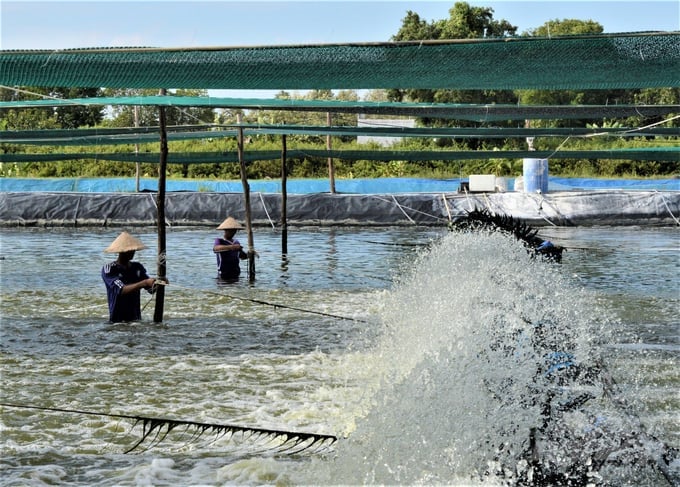
Many shrimp farming areas in Kien Giang have not been invested in specialized irrigation systems. There are no separate water supply and drainage lines, so shrimp farming is always "thirsty" for clean seawater. Photo: Trung Chanh.
Although the farming area and production of industrial and semi-industrial shrimp have increased, they have not yet reached the area target according to the annual plan. The reason why industrial shrimp farming in Kien Giang province is slow to develop is partly due to technical infrastructure systems such as irrigation, transportation, and electricity... unable to meet the need to expand the shrimp farming area.
In which, Many shrimp farming areas in Kien Giang have not been invested in specialized irrigation systems, still 'taking' water from agriculture. There are no separate water supply and drainage lines, so shrimp farming is always "thirsty" for clean seawater.
Kien Luong is the district with the largest and most concentrated industrial shrimp farming area in Kien Giang province. Mr Vo Quang Phuc, Vice Chairman of Kien Luong District People's Committee said, the district's industrial shrimp farming area currently reaches 2,800 ha, with 120 farming households and 4 businesses, with a total annual output of about 29,000 tons. Of which, the area of industrial shrimp farming applying high technology reaches 884 ha, with an average yield of 20-25 tons/ha/crop.
Recently, the provincial agricultural sector and the District People's Committee have focused on investing in irrigation systems to serve production, especially shrimp farming. Specifically, 29 canals have been dredged to provide water for aquaculture with a length of more than 37 km. Reinforcing 2 embankments with a length of over 110 km, repairing 17 culverts, 2 embankment lines... with a total completed value of more than VND 25.5 billion.
However, compared to the potential advantages and current needs for developing industrial shrimp farming, the investment level still does not meet the requirements. The current state of infrastructure serving industrial and semi-industrial shrimp farming in Kien Luong district is still weak and inconsistent. Investment capital for infrastructure is facing many difficulties and is difficult to meet demand.
Identifying brackish water shrimp farming as one of the important production industries of the province, industrial and semi-industrial shrimp farming is a typical and important model in the shrimp farming structure of Kien Giang province. According to the general development orientation, the locality will focus on investing in infrastructure, techniques and technology to improve the productivity and value of farmed shrimp products.
In addition, specialized agencies need to advise and support businesses, cooperatives and industrial and semi-industrial shrimp farming facilities to access and apply support policies for agricultural development issued in Kien Giang province.
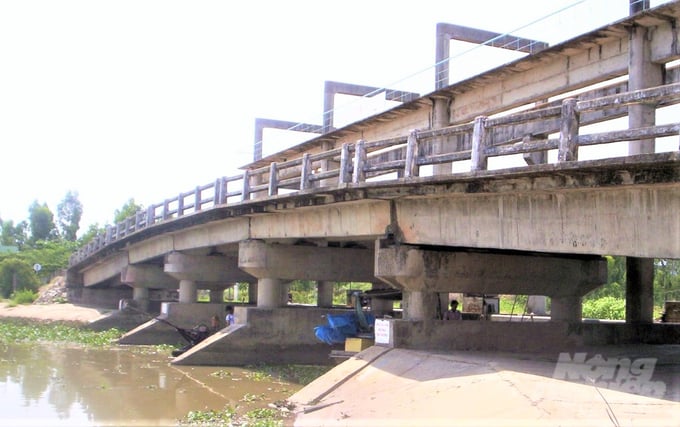
Most irrigation projects in the Kien Luong district were previously invested in agriculture, but now also serve shrimp farming, so it is difficult to meet the requirements. Photo: Trung Chanh.
Specifically, the People's Council of Kien Giang province has issued a Resolution stipulating policies to encourage investment in developing high-tech agriculture in the 2020-2025 period in the area.
Accordingly, support investment in the infrastructure of agricultural production zones and areas applying high technology, including support for investment in infrastructure, transportation, irrigation, electricity, water supply and drainage. The support for agricultural production areas applying high technology is according to projects approved by competent authorities.
The resolution stipulates the level of support for the development of small in-field irrigation and advanced, water-saving irrigation will support investment in the construction of electric pumping stations with a maximum support of 30% of the total investment value of construction works, and 20% of purchasing machinery and equipment.
However, accessing support policies for aquaculture businesses and cooperatives remains difficult. Aquaculture projects do not have feasible production and business plans, and procedures to access loans for aquaculture projects are still complicated and cumbersome.
Especially procedures related to mortgage assets for banks to appraise and lend. Capital lending for aquaculture still has many potential risks, so banks are often reluctant to lend, so the scope of subjects eligible for preferential loans in aquaculture is limited.
Infrastructure serving production such as irrigation, electricity, and transportation in some areas planned for industrial shrimp farming in Kien Luong such as the May Mountain area (Duong Hoa commune) and the area north of Rach Gia - Ha Tien canal (Hoa Dien commune) has not been fully and properly invested, so it is very difficult to expand the farming area.
Translated by Hoang Duy

(VAN) Ms. Nguyen Thi Dung, Deputy Director of Ngoc Hoang Cooperative, shared about the journey of bringing dragon fruit to Europe, achieving annual revenues in the billions of VND.

(VAN) Bamboo products from Thang Tho Bamboo Cooperative have reached many countries around the world, while also creating jobs for local workers.
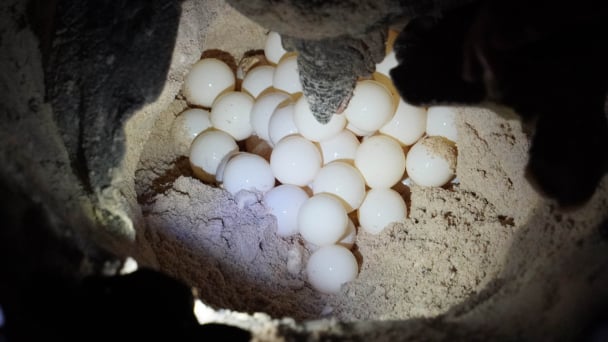
(VAN) The Management Board of Con Dao National Park reported that a green sea turtle, tagged in the Philippines, has traveled thousands of kilometers to lay 84 eggs on Bay Canh Islet.
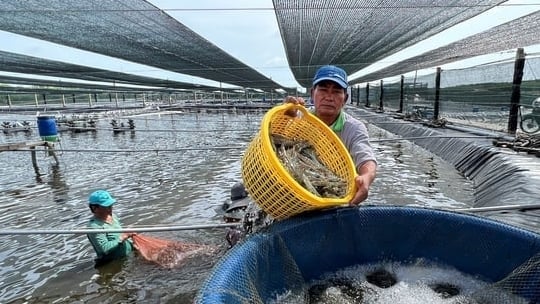
(VAN) Green technology is paving a new path for sustainable aquaculture in the Mekong Delta in particular and across the country in general, helping reduce emissions and adapt to climate change.
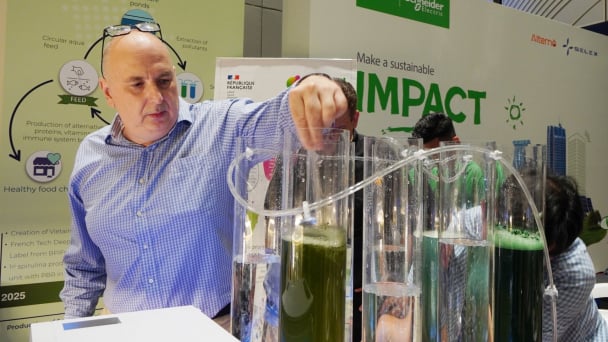
(VAN) On May 27, La French Tech Vietnam (the French startup and innovation community in Vietnam) held the French Tech Summit Vietnam 2025.
/2025/05/27/4731-2-223159_980.jpg)
(VAN) No votive paper, no styrofoam, no plastic bags, no plastic bottles, and no single-use plastic trays are the key rules tourists should keep in mind when visiting Con Dao.
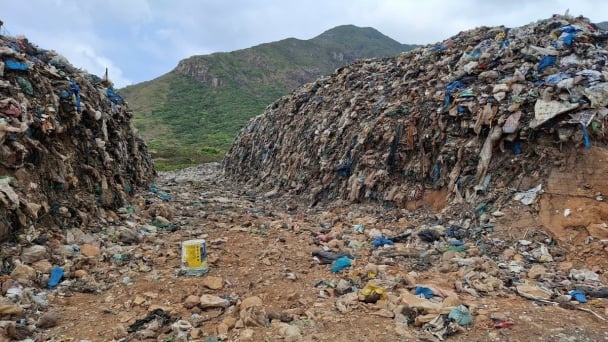
(VAN) In the fight against plastic pollution, Vietnam has been demonstrating a proactive, pioneering, and active role in addressing the greatest environmental challenge today.